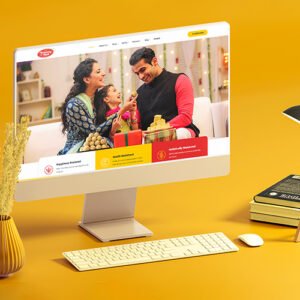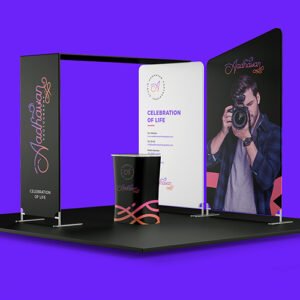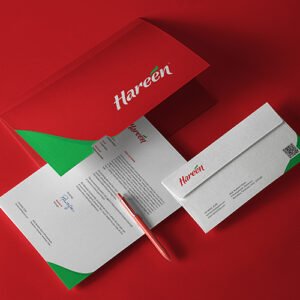Designing effective packaging is crucial for product communication and capturing the attention of consumers. Packaging serves as a visual representation of the product and plays a significant role in influencing purchasing decisions. Here are some strategies for creating visually compelling and communicative packaging:
Clear Brand Identity:
Packaging should reflect the brand’s identity and be consistent with its overall visual branding. Incorporate the brand’s logo, colors, typography, and other visual elements to create a cohesive and recognizable packaging design. Consistency helps build brand recognition and fosters a sense of trust and familiarity with consumers.
Product Differentiation:
Packaging should highlight the unique features and benefits of the product, setting it apart from competitors. Consider the product’s positioning and target audience when designing packaging that communicates its value proposition effectively. Use visual cues, such as images or graphics, to showcase key product attributes and create a memorable impression.
Visual Hierarchy:
Design packaging with a clear visual hierarchy that guides consumers’ attention. The most important information, such as the product name, should be prominent and easily readable. Use size, color, and typography to differentiate between essential elements like product details, benefits, and usage instructions. Ensure that the hierarchy supports a quick and intuitive understanding of the product.
Storytelling:
Packaging can tell a story that resonates with consumers and connects them emotionally to the product. Incorporate narratives, imagery, or illustrations that evoke the brand’s values or the product’s origin, ingredients, or production process. Storytelling adds depth and engagement to the packaging, creating a memorable experience for consumers.
Simplicity and Clarity:
Keep the packaging design simple and uncluttered, allowing for easy comprehension. Avoid overwhelming consumers with excessive text or design elements. Use clear and concise messaging to convey essential information about the product. Emphasize the key selling points while maintaining a visually pleasing and balanced design.
Authenticity and Transparency:
In today’s consumer landscape, authenticity and transparency are highly valued. Packaging should accurately represent the product and align with its quality and ingredients. Use transparent packaging materials when possible to showcase the product itself, fostering trust and giving consumers a glimpse of what they are purchasing.
User-Friendly Design:
Packaging should be user-friendly and convenient to use. Consider the ergonomics of opening, handling, and storing the product. Incorporate functional design elements such as easy-to-read labels, clear instructions, and resealable features when appropriate. A positive user experience with the packaging can enhance overall satisfaction with the product.
Sustainability:
Design packaging with sustainability in mind. Consumers are increasingly concerned about the environmental impact of packaging materials. Use eco-friendly materials, minimize excess packaging, and incorporate recyclable or biodegradable components when possible. Highlight the brand’s commitment to sustainability, as it can resonate with environmentally conscious consumers.
Test and Iterate:
Before finalizing the packaging design, gather feedback and conduct consumer testing. This can help identify potential improvements and ensure that the packaging effectively communicates the desired message. Iteration based on user feedback can lead to a more impactful and consumer-centric packaging design.
Effective packaging design combines aesthetics, functionality, and strategic communication to create a compelling visual experience. By incorporating these strategies, brands can enhance their product’s shelf appeal, differentiate themselves from competitors, and engage consumers through visual storytelling and clear communication.








